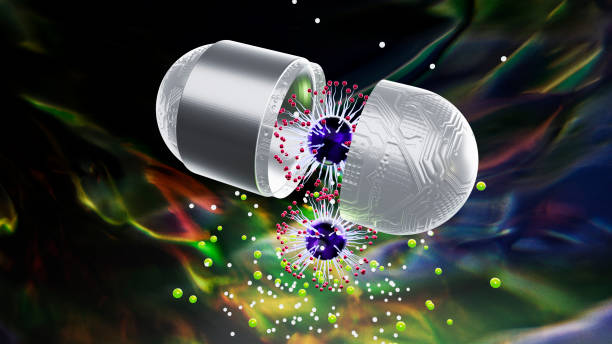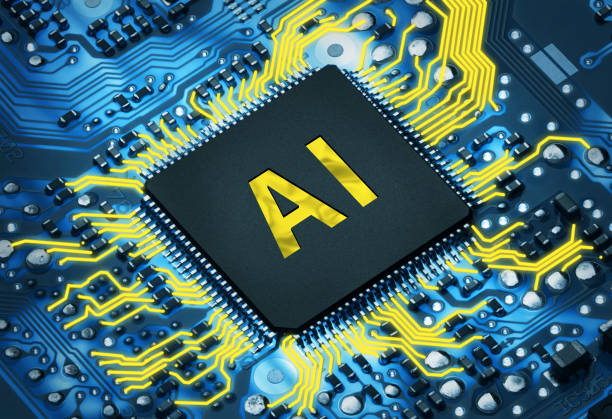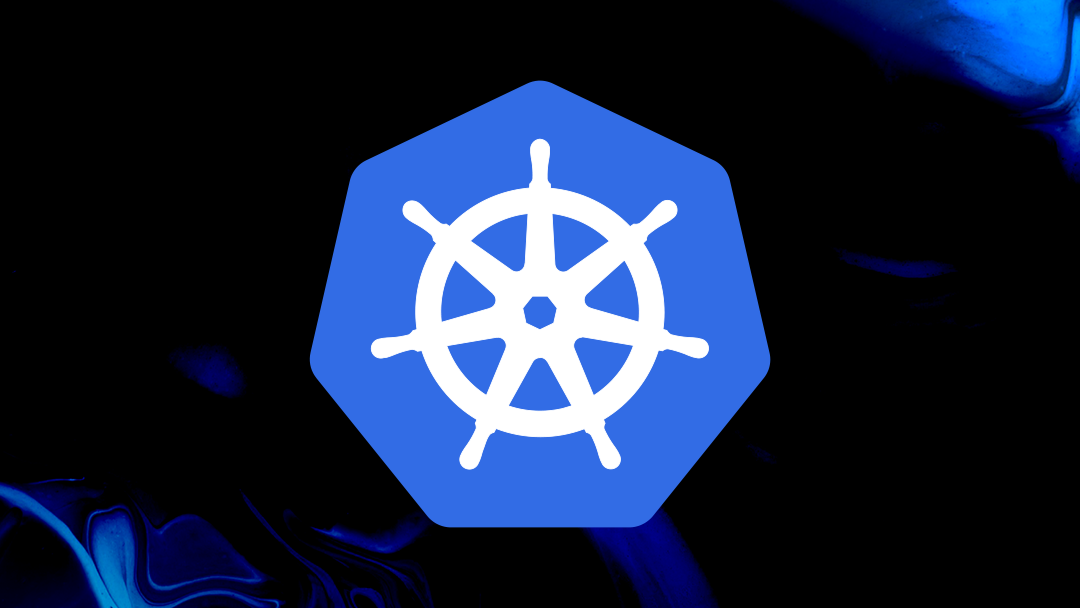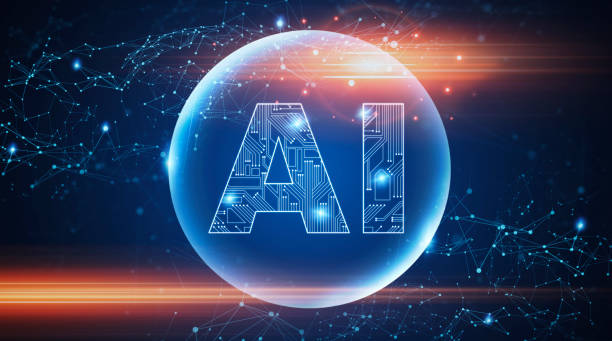Human life is not only a journey of survival, logic, and reason but also a voyage deeply colored by emotions. From the tender warmth of love to the icy grip of fear, from fleeting moments of happiness to the complex storms of sadness, emotions shape who we are. They influence our choices, guide our relationships, and often define our very sense of meaning. To understand emotions is to understand humanity itself. Yet for centuries, emotions were seen as mysteries—irrational forces that defied explanation. Today, science has begun to unravel them, revealing that emotions are not random sparks of feeling but intricately tied to biology, psychology, and evolution.
Among the vast spectrum of emotions, three stand as universal and timeless: love, fear, and happiness. These emotions touch every human life, transcending culture, language, and time. Each has its own evolutionary purpose, biological basis, and psychological influence. To explore them is to uncover not just the mechanics of the human mind but the poetry of human existence.
The Nature of Emotions
Emotions are often misunderstood as mere feelings, but in truth they are far more complex. At their core, emotions are psychological states arising from interactions between the brain, body, and environment. They are patterns of physiological responses, neural activity, and subjective experience. For example, fear is not only the sense of dread we feel but also the racing heartbeat, the release of adrenaline, the heightened awareness of surroundings, and the instinctive urge to flee.
Neuroscience shows that emotions are not housed in one part of the brain but arise from networks of structures. The limbic system, particularly the amygdala, hippocampus, and hypothalamus, plays a central role. Hormones such as oxytocin, dopamine, adrenaline, and cortisol orchestrate chemical signals that intensify or regulate emotional states. Evolutionary biology adds another layer, showing us that emotions are not arbitrary—they are adaptive responses honed over millions of years to increase survival and reproduction.
Thus, emotions are not weaknesses or distractions from logic. They are tools of survival and connection, deeply woven into the architecture of life.
Love: The Force That Binds Humanity
Love is perhaps the most celebrated and mysterious of all emotions. Poets call it eternal, philosophers debate its nature, and scientists search for its biological roots. Love is not just one feeling but a rich tapestry of attachment, desire, intimacy, and care. It comes in many forms—romantic, familial, platonic, and even universal compassion. Yet beneath its variations lies a unifying function: love is the glue that binds human beings to one another.
From an evolutionary perspective, love developed to ensure survival. Romantic love fosters pair bonding, increasing the likelihood of parental investment and offspring survival. Maternal and paternal love guarantee care for vulnerable children. Even friendship and social bonds, forms of love in their own right, provide cooperation and protection within groups. Love is, in many ways, nature’s strategy to keep us connected.
Biologically, love is a symphony of chemicals. Dopamine, the brain’s “reward” molecule, fuels attraction and desire, creating feelings of euphoria and motivation. Oxytocin, often called the “cuddle hormone,” deepens bonds, reinforcing trust and intimacy. Vasopressin plays a role in long-term attachment, particularly in monogamous relationships. Together, these molecules shape the highs of new romance, the warmth of companionship, and the enduring bonds of lifelong partnership.
Psychologically, love is transformative. It alters how we perceive the world, softening judgments and fostering empathy. Love reduces stress, improves health, and enhances resilience. It can inspire creativity, sacrifice, and acts of profound kindness. Yet love can also bring vulnerability, jealousy, and heartbreak. It is both the source of our greatest joys and our deepest sorrows.
In love, biology and poetry converge. While science explains the molecules and circuits that generate it, the experience of love transcends explanation. It is a reminder that to be human is to long for connection, to find meaning not in isolation but in relationships that tether us to others.
Fear: The Guardian of Survival
If love pulls us toward others, fear pushes us away from danger. Fear is one of the most primal and universal emotions, a guardian wired into our biology to protect us from harm. It sharpens our senses, quickens our reactions, and prepares the body for fight or flight. Though fear is often seen as negative, it is an indispensable part of being alive.
The roots of fear lie deep in evolution. Our ancestors who felt fear at the rustling of a predator, the approach of a storm, or the sound of the unfamiliar were more likely to survive and pass on their genes. Fear, in this sense, is an inherited survival strategy. It warns us of threats before reason has time to catch up, saving precious seconds that can mean the difference between life and death.
Neuroscience has mapped fear primarily to the amygdala, the almond-shaped structure in the brain that processes threat signals. When danger is perceived, the amygdala triggers the release of stress hormones like adrenaline and cortisol, heightening alertness and preparing muscles for action. The heart races, breathing quickens, and pupils dilate—every response designed to optimize survival.
Fear, however, is not only physical. It is deeply psychological. Humans fear not only immediate threats but also imagined possibilities: failure, rejection, death, and loss. These fears, though less tangible than predators in the wild, shape our lives profoundly. They influence our ambitions, relationships, and even cultures. Rituals, myths, and religions across the world often revolve around confronting and managing fear.
While fear can paralyze, it can also motivate. The fear of illness inspires medical research. The fear of injustice fuels movements for change. Even the fear of mortality can push us to create, love, and live more fully. When balanced, fear is not merely a shadow but a guide. It teaches caution, resilience, and courage—the act of moving forward despite fear.
Happiness: The Pursuit of Joy and Meaning
Among all emotions, happiness holds a unique place in human life. It is the emotion most pursued, the state most desired. Yet happiness is more elusive than it appears. It is not a constant state of euphoria but a dynamic balance of pleasure, purpose, and well-being.
Science shows that happiness is both biological and psychological. On the biological level, neurotransmitters like dopamine, serotonin, and endorphins create feelings of pleasure and contentment. Dopamine rewards us for achievements, serotonin stabilizes mood, and endorphins provide bursts of euphoria, often during exercise or laughter. These chemicals are the brain’s currency of joy, shaping how we experience happiness.
Psychology, however, reveals that happiness is more than brain chemistry. It is also about mindset, values, and connection. Research in positive psychology shows that happiness comes not only from external rewards but from internal attitudes—gratitude, optimism, and a sense of meaning. People who cultivate deep relationships, engage in purposeful work, and practice mindfulness often report higher levels of happiness.
Culturally, happiness takes many forms. In some societies, it is defined as personal achievement and success. In others, it is rooted in harmony, community, and balance. Despite these differences, the universal thread is clear: happiness is not just about fleeting pleasure but about lasting fulfillment.
The paradox of happiness lies in its pursuit. The more we chase it directly, the more it slips away. True happiness often arises indirectly—through acts of kindness, moments of connection, and engagement in meaningful activities. It is less about what we have and more about how we live.
The Interplay of Love, Fear, and Happiness
Though love, fear, and happiness appear distinct, they are deeply interconnected. Love often brings happiness but also fear—the fear of losing someone dear. Fear can steal happiness, yet overcoming fear can lead to profound joy and growth. Happiness strengthens bonds of love, while love itself can be a wellspring of joy. Together, these emotions form a triangle of human experience, each shaping and influencing the others.
Biologically, these emotions share overlapping neural and hormonal pathways. Dopamine fuels both the thrill of love and the satisfaction of happiness. The amygdala, central to fear, also interacts with circuits involved in emotional memory, influencing how we experience love and joy. Oxytocin, while fostering trust and affection, can also intensify fear of separation. In the human brain, emotions are not isolated islands but interconnected rivers, flowing into and out of one another.
Psychologically, these emotions create the narrative of our lives. Love gives us reasons to face fear. Fear reminds us of the value of happiness. Happiness, in turn, motivates us to seek love and overcome fear. Together, they define what it means to be human: creatures not of logic alone, but of feeling, connection, and resilience.
The Future of Emotion Science
Modern science is only beginning to grasp the complexity of emotions. Advances in neuroscience, psychology, and artificial intelligence are allowing researchers to map emotions with unprecedented detail. Scientists are studying how emotions shape health, how they influence decision-making, and how they can be regulated or enhanced. The emerging field of affective neuroscience seeks to uncover the precise circuits and mechanisms that generate emotions, while psychology explores practical ways to cultivate positive states.
Technology even raises the question: can machines feel emotions? Artificial intelligence is being designed to recognize human emotions, respond empathetically, and even simulate emotional states. Yet whether true emotions can exist without biology remains a profound debate.
The study of emotions also carries ethical and social implications. If we can manipulate emotions through drugs, technology, or genetic engineering, what does that mean for human freedom, identity, and authenticity? The future of emotion science is not only a scientific endeavor but a philosophical and moral one.
Conclusion: The Human Symphony of Emotions
Love, fear, and happiness are more than feelings; they are the heartbeat of human existence. They shape our decisions, color our memories, and define our identities. They are not accidents of nature but deeply adaptive forces, crafted by evolution, sculpted by biology, and enriched by culture and experience.
To understand love is to see the bonds that make us human. To understand fear is to recognize the guardian that keeps us alive. To understand happiness is to uncover the secret of fulfillment and meaning. Together, they form a symphony—a harmony of emotions that give depth and richness to our lives.
Science can explain the mechanics of emotions, tracing neurotransmitters and mapping neural circuits. But the experience of emotions will always be more than numbers and diagrams. Love is felt in the embrace of another. Fear is known in the pounding heart before a leap. Happiness shines in laughter shared with friends. These are the moments that define what it means to live.
In the end, the science of emotions does not diminish their mystery but deepens it. By understanding love, fear, and happiness, we not only learn about our brains and bodies but also glimpse the essence of humanity. Emotions are not distractions from life—they are life itself, the vivid colors that turn existence into experience, and survival into meaning.






